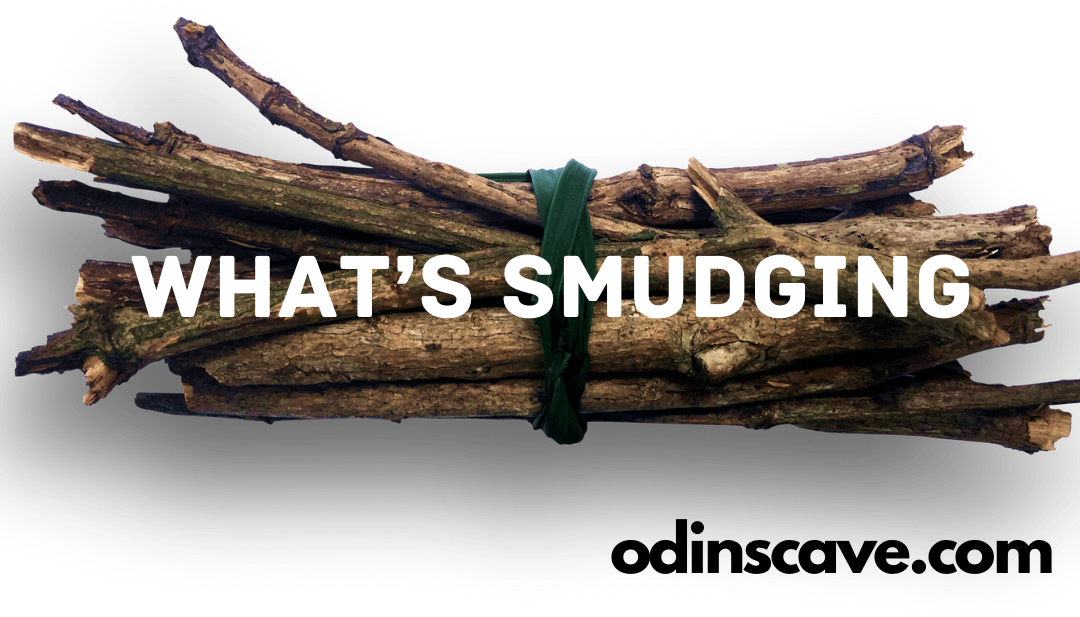Smudging is a traditional practice that has been used by various cultures around the world for centuries. It involves the burning of sacred herbs, such as sage, cedar, or sweetgrass, to cleanse and purify a space, object, or person. The smoke generated from the burning herbs is believed to carry away negative energy, purify the environment, and create a sense of balance and harmony.
1. Origins and Cultural Significance:
Smudging has its roots in indigenous cultures, particularly those of North America, where it has been an integral part of spiritual and healing ceremonies for generations. Native American tribes, such as the Lakota, Apache, and Cherokee, have used smudging as a way to connect with the spiritual realm, cleanse their surroundings, and prepare for rituals or important events.
2. Materials Used for Smudging:
The most commonly used herb for smudging is white sage (Salvia apiana), known for its strong aroma and purifying properties. Other herbs, such as cedar, sweetgrass, lavender, and palo santo, are also used depending on cultural traditions and personal preferences. These herbs are typically bundled together and tied with string to create a smudge stick or can be used loose in a fireproof container.
3. Smudging Rituals:
Smudging rituals vary across cultures and individuals, but they generally involve the following steps:
- Preparation: Gather the necessary materials, including the smudge stick or loose herbs, a fireproof container (such as an abalone shell or ceramic bowl), and a lighter or matches.
- Intentions: Set your intentions for the smudging ceremony. This can include purifying a space, object, or yourself, releasing negative energy, or inviting positive energy and blessings.
- Lighting the Smudge Stick: Hold the smudge stick or loose herbs over a flame until it catches fire. Allow the flames to burn for a few seconds, then gently blow them out, allowing the herbs to smolder and produce smoke.
- Smudging: Move the smudge stick or container with the loose herbs around the area, object, or person you wish to cleanse. Use a feather or your hand to waft the smoke, ensuring it reaches all corners and crevices. Visualize the smoke carrying away any negative energy or stagnant vibes.
- Closing the Ceremony: Once you have completed the smudging, extinguish the smudge stick by pressing it into a fireproof container or gently blowing on it until the smoke subsides. Express gratitude for the cleansing and purifying process.
4. Modern Applications:
In recent years, smudging has gained popularity beyond indigenous cultures and has been adopted by individuals seeking to incorporate spiritual practices into their lives. Many people use smudging to cleanse their homes, offices, or personal spaces, as well as to clear their own energy or prepare for meditation, prayer, or other spiritual practices.
5. Respect and Cultural Sensitivity:
It is important to approach smudging with respect and cultural sensitivity, recognizing its origins and significance to indigenous cultures. If you are not part of an indigenous community, it is advisable to learn about the cultural context and seek guidance from knowledgeable sources to ensure that you are practicing smudging in an appropriate and respectful manner.
Smudging is a powerful and ancient practice that allows individuals to cleanse and purify their surroundings, objects, or themselves. Whether used for spiritual or personal reasons, smudging offers a way to connect with the natural world, release negative energy, and create a sense of peace and harmony. By embracing this tradition with respect and understanding, we can tap into its transformative qualities and enhance our spiritual well-being.
Did you know we at odinscave.com have a great range of smudging sticks and accessories to help begin your Pagan and Wiccan journey.


Share:
Let’s learn about Wiccan